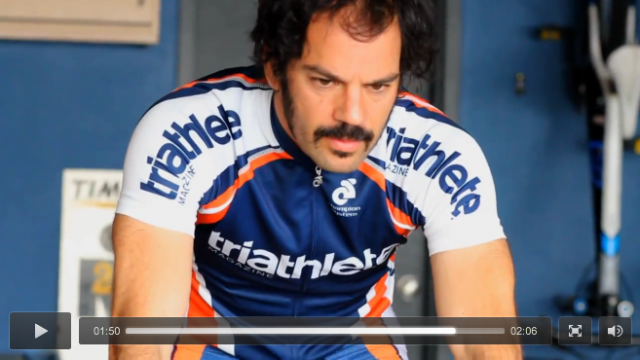Q&A With Joey Hudy, 14 Year Old Maker of the White House Marshmallow Cannon
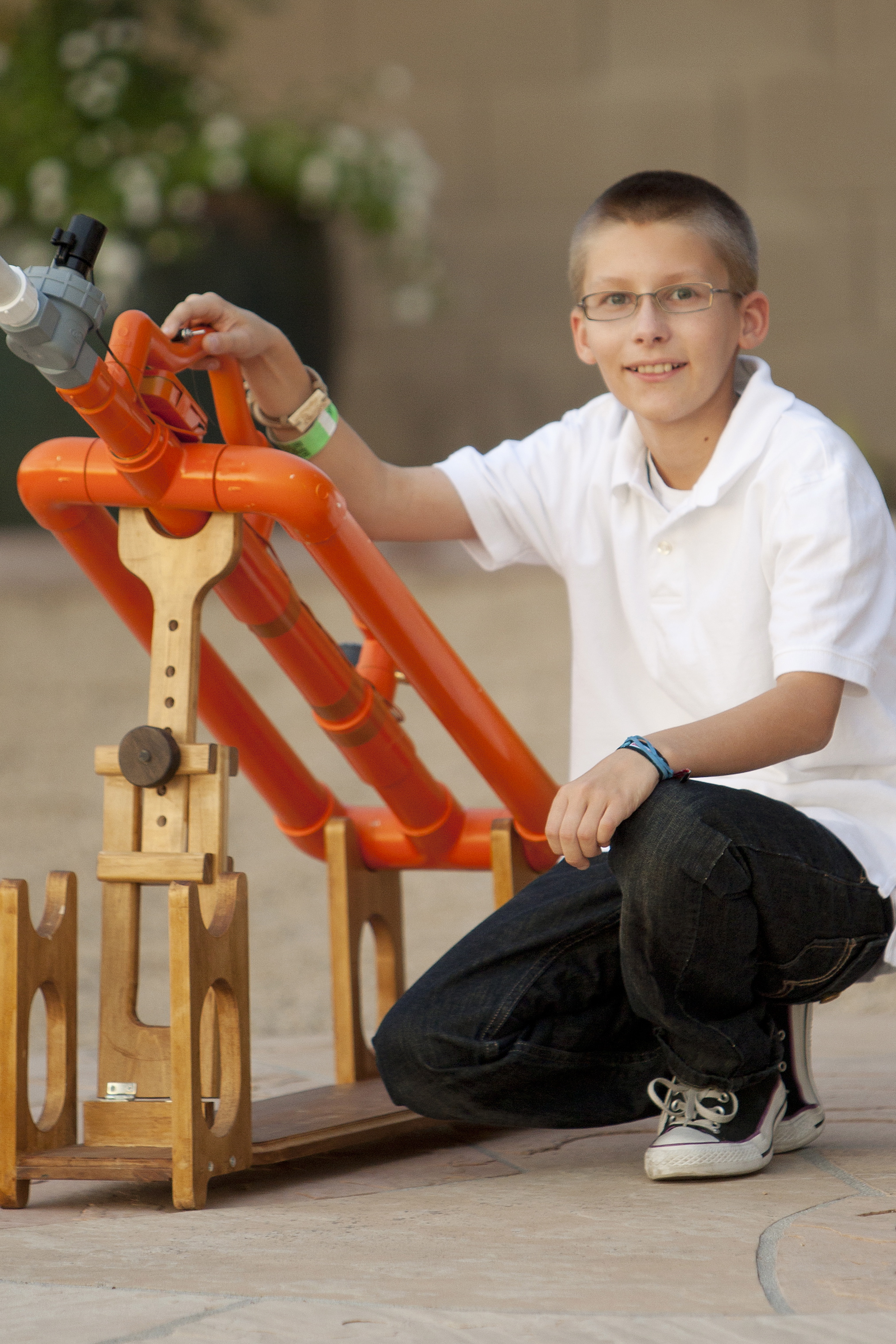
14 year old Joe Hudy has been having fun. From promoting science at Maker Faires to shooting marshmallows with the President at the White House, he’s the embodiment of STEM education effectively motivating a new generation about science and engineering, while showing how it can take them to some pretty cool places. Along the way, he’s tackled challenges and found passion and talent — his mother Julie describes the transformation with excitement and pride. “He’s gone from a shy boy with Asperger Syndrome to now a young man that wants to talk to everyone!”
Read More
Post-accident Triathlon Training — First part of my series in Triathlete magazine
Late one night about a year and a half ago, I had a frustrating highway encounter with a big rig truck. Although, sadly, many others have fared worse in similar situations, it was still a sucky setback: three days in the hospital, a couple surgeries, and a few months to regain my strength.
The morning after the accident I gave myself a goal: I’d use it as a catalyst to finally train for and complete a triathlon. I didn’t want to ever feel held down by having an accident, and therefore strived for the exact opposite. Once able to move comfortably and push forward on my plan, I started discussing it with a friend at Triathlete magazine — who expressed interest in having me chronicle the journey for the publication. I agreed to do a three-part series, looking at the events leading to my decision to be a triathlete, the training experience, and then the race itself.
Triathlete helped make the training process easier by setting me up with some great gear and an amazing coach, Ian Murray, for which I’m extremely thankful — I highly recommend any first time (or even 31st time) triathlete to use a coach, it’s made such a big difference. At the point of my writing this, I’m just over two weeks away from the race. I’ll be competing in the Superseal Triathlon on March 18, in San Diego. An Olympic distance race, I have to swim 0.9 miles, bike 26 miles, and run 6.2 miles. Each of those distances is further than I’ve ever raced before, so the combination of all three consecutively will be pretty incredible.
Meanwhile, my first Triathlete segment hit the newsstands a few weeks ago, and became available online this week; check it out on the Triathlete site. And also check the fun video segment the magazine produced in conjunction with the article — more to come from that, too. Hope you enjoy.
Discovery channel casting for new show “Top Engineer”
For you engineers, tinkerers and makers with reality TV dreams — you’ve got until March 7th to submit yourself for a new Discovery show being produced by Pilgrim Studios — the company that makes Dirty Jobs, American Choppers, and Ghost Hunters (among many others).
I have no connection with this show, so I can’t assist you in any way other than advising you to keep your energy up (general guideline for being on camera), and make sure your fly is zipped (general advice for life).
==========
DISCOVERY CHANNEL SEEKING AMERICA’S TOP INVENTORS, MACHINISTS AND ENGINEERS TO COMPETE FOR A HUGE GRAND PRIZE
Are you a designer who can build? Are you a machinist who can design?
The Discovery Channel is looking for America’s most creative and daring techies, machinists, inventors and engineers to design, build, and BLAST their way to a Grand Prize on their new competition TV show TOP ENGINEER.
A handful of lucky men and women will be chosen to take on exciting challenges from various engineering fields at the state-of-the-art WET design facilities (www.wetdesign.com) in California.
No, you don’t need to have an engineering degree to compete on this show, but you MUST be able to design, build, test and integrate an idea into a final product that WORKS. These will be fast-paced, hands-on, VISCERAL challenges! If your experience is strictly behind the keyboard, then this show is NOT for you.
We are looking for visual effects experts, accomplished home shop machinists, contractors and engineers with backgrounds in electrical, civil, structural or mechanical engineering.
If you have an outgoing personality and are ready to get your hands dirty for the chance to win a GRAND PRIZE and the title of TOP ENGINEER, then we want to hear from you.
APPLY TODAY!
Email TopEngineerCasting@gmail.com with your name, age, location, phone number, a recent photo and a brief explanation of why you are perfect for this competition show.
Deadline to submit is March 7, 2012
Read More
Eight things you can do about getting your data throttled by AT&T

Let me start by saying that right now, AT&T has customers in a sucky place, with only one decent option to fight back against their data throttling initiative. But first, a recap:
In the Fall of 2011, AT&T announced that it was going to start throttling its top mobile data users, hinting that these were the 100GB/mo torrenting bandits that were responsible for the sluggish data and dropped calls plaguing iPhone users since the 3G model came out. A few months later, the throttling began — but to the horror of longtime customers who were rewarded for their loyalty by being able to keep their now-discontinued unlimited plans, AT&T wasn’t just targeting users with unbelievably high consumption, but was cutting off anyone that moved past a mark generally around 2.2GB, saying they were in the top 5% of data users (read my writeup about this and the reader comments).
With throttled speeds at an unusable 1/100 of normal, it appears that AT&T is effectively trying to rid itself of the remaining unlimited data plans — these limitations are only only placed on unlimited accounts, not on the tiered plans. Their method is devilishly clever and frustrating — they are still offering as much data as you can ingest, they’ve just never said they’d deliver it at high speeds. Naturally, users are outraged and want to fight back.
There aren’t many options, and those that exist have some hangups. But for those willing to duke it out, here’s a rundown of options that you can do.
“Sold,” a gripping short film about the illegal sex trade, and a look at filmmaker John Irwin’s indie/DIY film technique
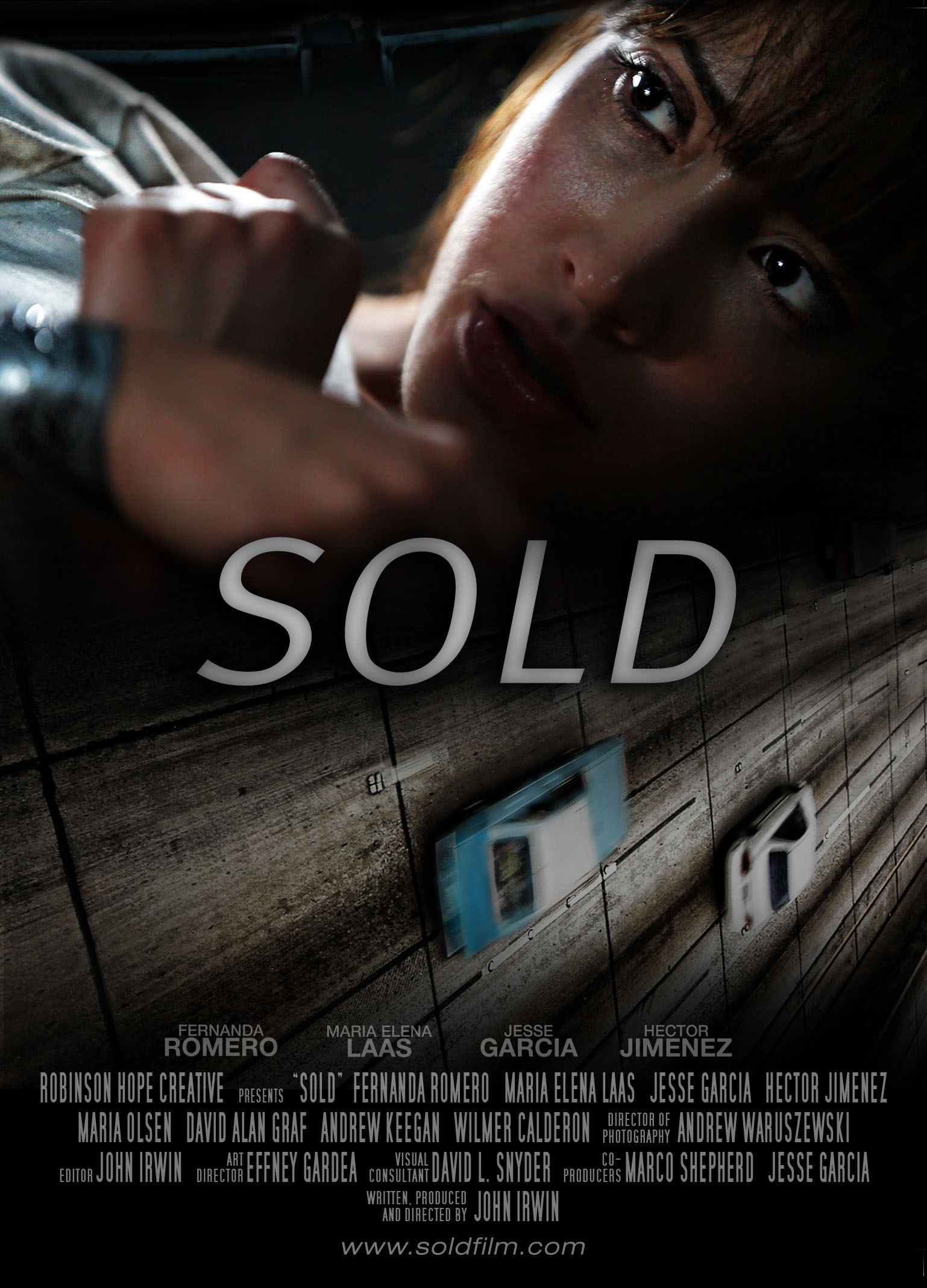
https://www.youtube.com/watch/v=VKk6kGKtfD4
John Irwin is a writer/director acquaintance who’s making some kickass projects. Commercial work, music video, short film — and all with impressive results. John recently showed me his short “Sold,” a very intense piece about the horrific world of human trafficking. Very well written and told, the tension and story grab the viewer quickly; suspension of disbelief can be hard to achieve when you’re watching a project that was made by someone you know, but this one had me wringing my hands from the start. Afterwards, I asked him for details about the film, the filming techniques used for some of the tighter spaces, and the motivation behind it. He graciously supplied me with a thorough rundown — check it out below.
Build Your Own White House Science Fair Marshmallow Cannon
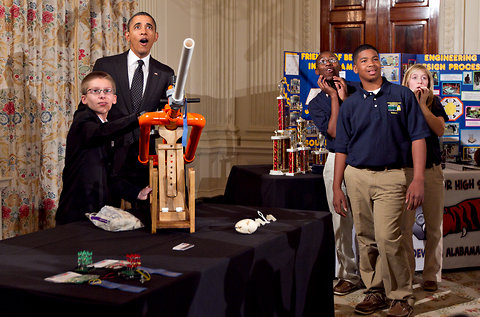
Earlier this month, The White House hosted their second science fair, bringing innovating kids together from around the country to show off impressive creations and contraptions. A standout moment of the event occurred when President Obama spotted a peculiar looking device, and asked its creator for details; moments later, they had cleared a path to see if they could blast marshmallows against the wall on the other side of the room with it.
There’s something great about giving attention to the fun of building and working with science. That enthusiasm can be encouraged and shared, as the marshmallow cannon builder Joey Hudy is choosing to do with his detailed build notes on the Make website.
One Guy, Alone at Home, Creates an Incredible Solar-System Exploration Software With UDK
With the ability to accurately depict the elements of our solar system like planetary size and movement, this awesome computer program looks to bring an easy-to-grasp understanding of the heavenly bodies closest to Earth. Feeling like something from Star Trek, the interface depicts the positions and orbits of the planets and their moons as they whip around each other and the sun in their respective orbits. With the ability to toggle between actual and adjusted scales, the user can choose to see the solar system from a user-friendly view, or the more accurate but ginormously Sun-centric view (unfortunately, not pictured in this video demonstration).
Most impressive, it’s all been designed by one person, Chris Albeluhn, working from home over the past year, utilizing the Unreal Development Kit — the hugely popular videogame development platform that has been used for titles like Gears of War, Infinity Blade, and many, many more (wiki page here). A large amount of additional details are available on the video’s youtube page and this reddit post.
All eight planets are included (sorry Pluto! Neil Tyson Degrasse, you win again), with breakdowns of information like composition and temperatures for each. It even includes a visualizer for constellations. There’s some discussion about what additional planetary objects might be incorporated (man-made satellites would be great), and if this will ever be released as an actual product; in the meantime, enjoy the video and make sure to check Chris’ page about this project.


Also, a quick clip about the UDK package used for this:
The United States of Craigslist Map
An active CL community is a requirement for anywhere I live, and this awesome “chalkboard map” by John Nelson of IDV Solutions shows a re-imagining of the USA, broken down by the cities with a craigslist community and the zipcode area that is serviced by those.
How to Make Your Own Chalkboard Paint With Stuff You Probably Already Have
If you like DIY projects like this, make sure to follow me on Twitter.

Chalkboard paint is a fun way to customize a space with the option of ever-changing designs that are only limited the color chalk you have. You can buy chalkboard paint at many places — but it’s not the cheapest stuff around. However, thanks to our favorite ex-girlfriend of Anthony Hopkins Martha Stewart (via the Brightnest.com blog), the curtain has been pulled back on what this magical paint is made from: materials you probably already have in your garage.
The basics:
– Paint
– Unsanded tile grout
(8:1 ratio of paint to grout, so not much grout is needed)
You’ll also want some primer, two foam roller brushes (look for “very smooth finish,” according to Brightnest), and materials to help you keep your lines straight and clean (masking tape for painting, levels, t-squares, pencils, etc).
Steps:
1. Clean, dry, and primer the area you plan on applying the paint to.
2. Mix and stir 1 cup of paint to 2 tablespoons of grout (it dries quickly, so best to make smaller batches as needed instead of one large batch).
3. Apply evenly with roller brush, and let dry.
4. Wait 2 hours to dry, then apply a second coat. Repeat this step for 3 coats and you should be good to go.
As shown on the Brightnest blog, the chalkboard paint can be used for a lot more than just your kids’ play area. It works great as a way to make customizable coffee mugs, flower pots, pantry containers, and more. Check their site for a few more specifics and design ideas — enjoy!
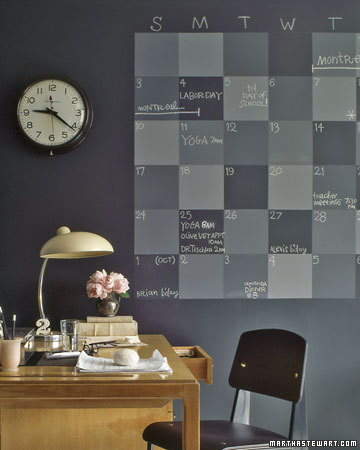

Quadrotor Nanocopter Robot Swarm
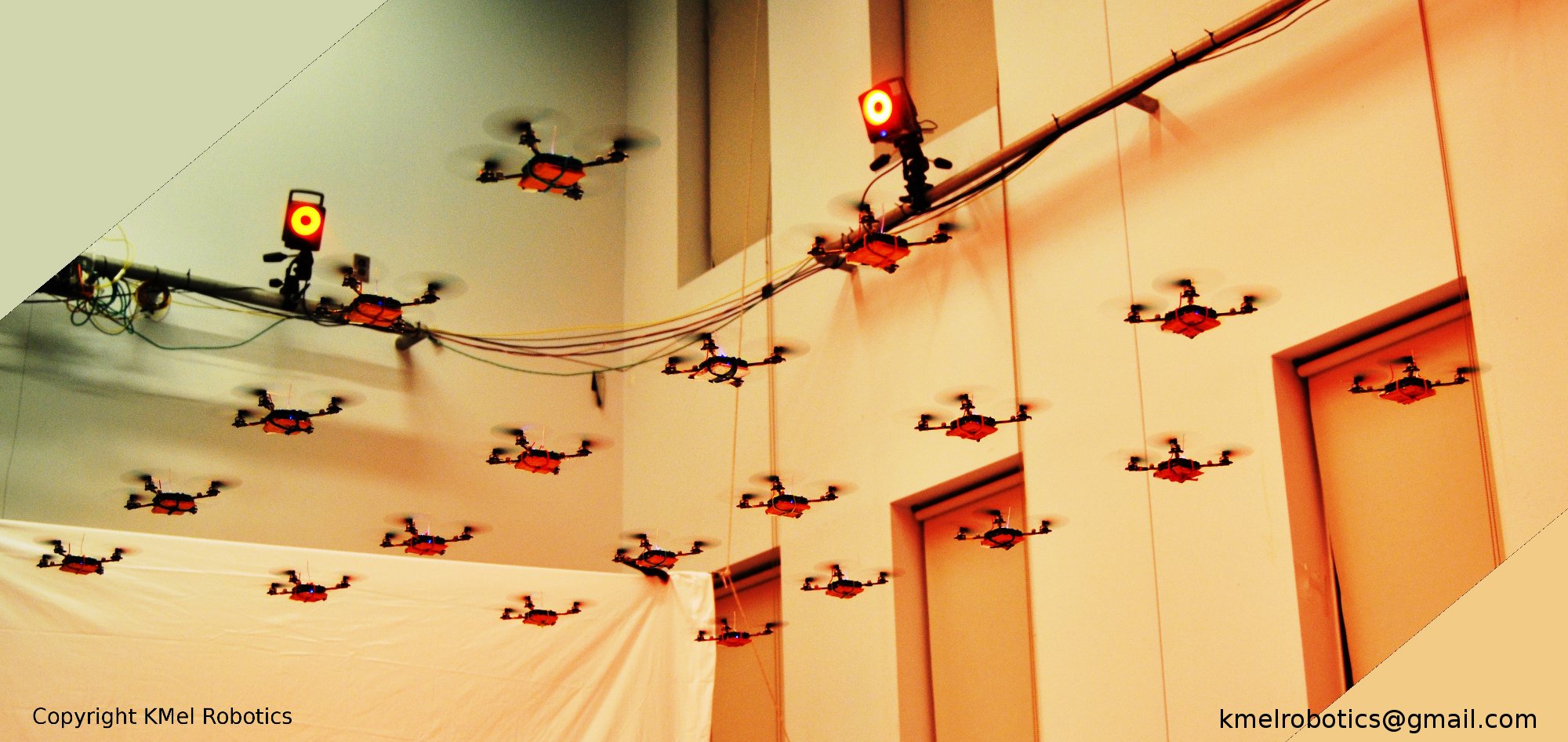
Take twenty hand-sized quadcopters and sync them up to fly in autonomous configurations that would make the most fearless pilot anxious. This is the future of aerial technology — from construction to surveillance to robotic warfare.


